The Chimpanzee is a member of the Hominidae family, also known as the “great apes.” Other members of the Hominidae family include orangutans, gorillas, bonobos, and humans. Of the great apes, the closest relative of the Chimpanzee is the bonobo. Read on to learn about the Chimpanzee.
Description of the Chimpanzee
This species has a somewhat human-like body shape. However, their arms are longer, and they do not grow quite as tall. Their bodies have coarse, black hair covering all but their face, palms, and the soles of their feet.
They stand between 3.2 and 5.5 ft. tall, depending on the gender and subspecies. Males usually weigh more than females at 80 – 140 lbs. Females typically weigh between 60 and 110 lbs. or so.
Interesting Facts About the Chimpanzee
These primates are one of our closest living relatives. Learn about what makes these creatures so unique below.
- Separate Subspecies – Researchers recognize 4 different subspecies at this time. The different subspecies include the central, western, Nigeria-Cameroon, and eastern Chimpanzee The primary difference between the various subspecies is where they live.
- Patchy Pelage – Not unlike some humans, as these primates age some individuals begin losing the hair on their heads. They also develop grey hairs in the midsection of their backs as well.
- Family Fidelity – Infants of this species take quite a long time to reach maturity. Their mothers wean them when they reach 3 or 4 yrs. old, but they remain closely reliant on her until between the ages of 13 and 15 yrs. old.
- Sympatric Siblings – The female doesn’t wait until her adolescent young are fully mature to breed again. Because of this, her older offspring often help with the care of their younger siblings. The entire family shares a close bond even after reaching adulthood.
Habitat of the Chimpanzee
These primates live in a variety of different ecosystems. The different subspecies prefer different habitat types. Some inhabit tropical rainforests or scrub forests, others live in savannas, grasslands, woodlands, or chaparral. Many also live in mountainous regions up to 9,000 ft. elevation.
Distribution of the Chimpanzee
This species lives throughout various regions of eastern and central Africa. Each subspecies has a different range.
The western subspecies ranges from southern Senegal to western Ghana. Unsurprisingly, the Nigeria-Cameroon subspecies inhabits portions of Nigeria and Cameroon. The central subspecies lives from southern Cameroon to the western tip of the Democratic Republic of Congo. Finally, the eastern subspecies primarily lives in the Democratic Republic of Congo and the Central African Republic.
Diet of the Chimpanzee
Chimpanzees are omnivorous, and they feed on a wide variety of plants and animals. Each subspecies has different dietary preferences and habits based on where they live. The season also impacts diet as some foods increase in volume during the spring and summer.
Some of the different plants that they eat include fruits, berries, nuts, leaves, stems, seeds, bark, and more. The carnivorous portion of their diet contains a variety of insects and invertebrates, eggs, small mammals, monkeys, and occasionally Chimpanzees from other troops.
Chimpanzee and Human Interaction
Human activity causes severe problems for these primates. Their populations are currently in decline and the IUCN lists them as Endangered.
Poaching poses the greatest threat to these creatures. Habitat destruction, for development and for agriculture, also causes serious population decline. Often, people hunt more in close proximity to areas where logging and other deforestation are occurring, virtually decimating the entire population in a given area.
Domestication
Humans have not domesticated any primate species in any way.
Does the Chimpanzee Make a Good Pet
No, these animals do not make good pets. They are incredibly powerful, dangerous, and potentially aggressive animals. Capture for the pet trade also increases pressure on wild populations.
Chimpanzee Care
Zoos need extensive facilities to care for these complex creatures. They build large enclosures with a variety of built-in features to help with their care. The enclosures are large enough to house an entire family, as these primates are quite social creatures.
Meeting their mental stimulation needs is one of the most important aspects of care. Zookeepers provide their charges with ropes and branches to climb, water bodies to swim in, toys to play with, puzzles to solve, and even iPads!
Veterinarians at the zoo tailor each chimp’s diet based off their body weight and individual needs. Zookeepers even teach the chimps using positive reinforcement to voluntarily allow the veterinarians to perform blood draws, weigh them, check their teeth, and more.
Behavior of the Chimpanzee
These primates spend their days socializing with their peers and searching for food. They spend time both in the trees and on the ground. Overnight, they sleep in nests up in the trees, building a new nest almost every night. Groups of chimps, known as troops, consist of several families which separate and join together periodically.
Reproduction of the Chimpanzee
Chimps utilize several different reproductive strategies. Sometimes females mate with several males, sometimes a male defends a single female while she is receptive, and sometimes a male and female leave the group for several days to breed.
After mating, the gestation period lasts about 7.5 months. Most females give birth to a single infant, but twins are not uncommon. The infants rely on their mother for many years. She weans them when they are 3 or 4 years old, but they do not reach independence for another 10 years or so.



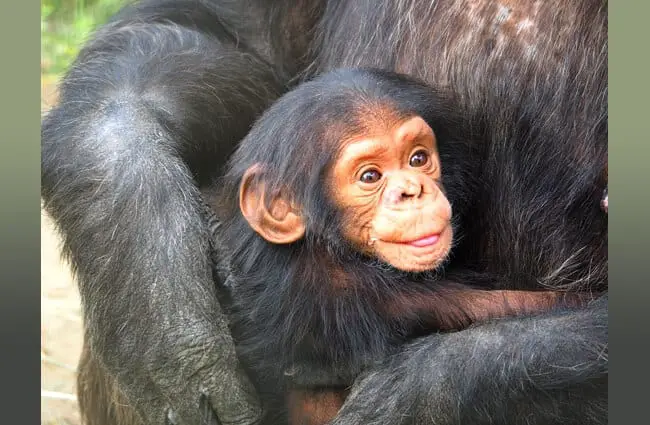
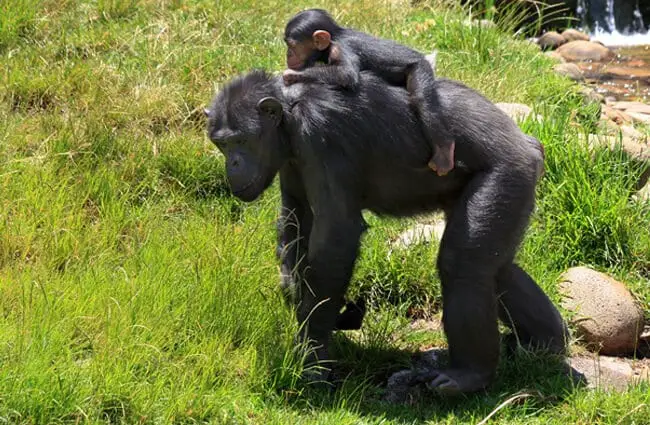
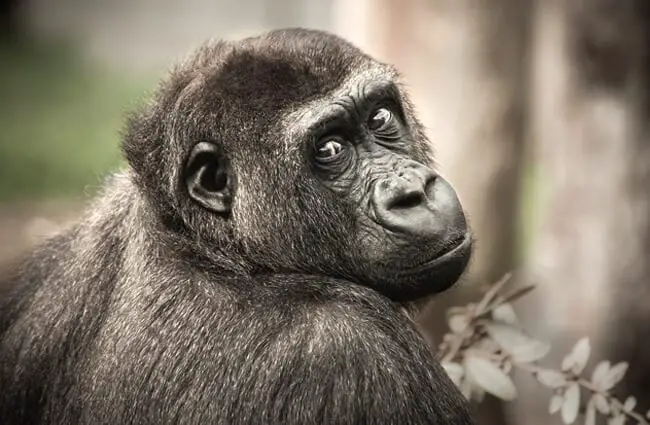
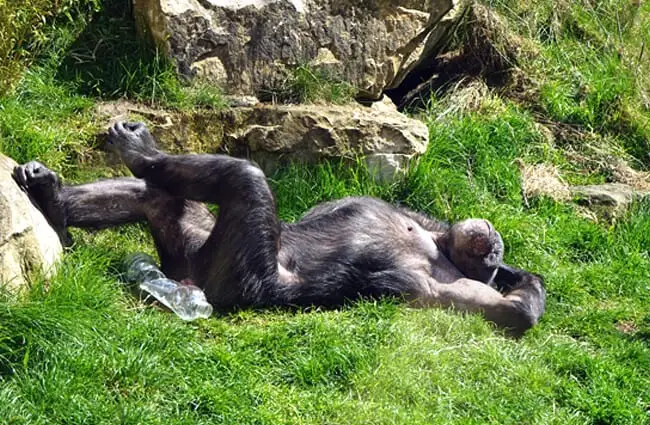



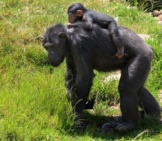


![Red Angus Closeup of a beautiful Red Angus cowPhoto by: U.S. Department of Agriculture [pubic domain]https://creativecommons.org/licenses/by/2.0/](https://animals.net/wp-content/uploads/2020/03/Red-Angus-4-238x178.jpg)












![Red Angus Closeup of a beautiful Red Angus cowPhoto by: U.S. Department of Agriculture [pubic domain]https://creativecommons.org/licenses/by/2.0/](https://animals.net/wp-content/uploads/2020/03/Red-Angus-4-100x75.jpg)

